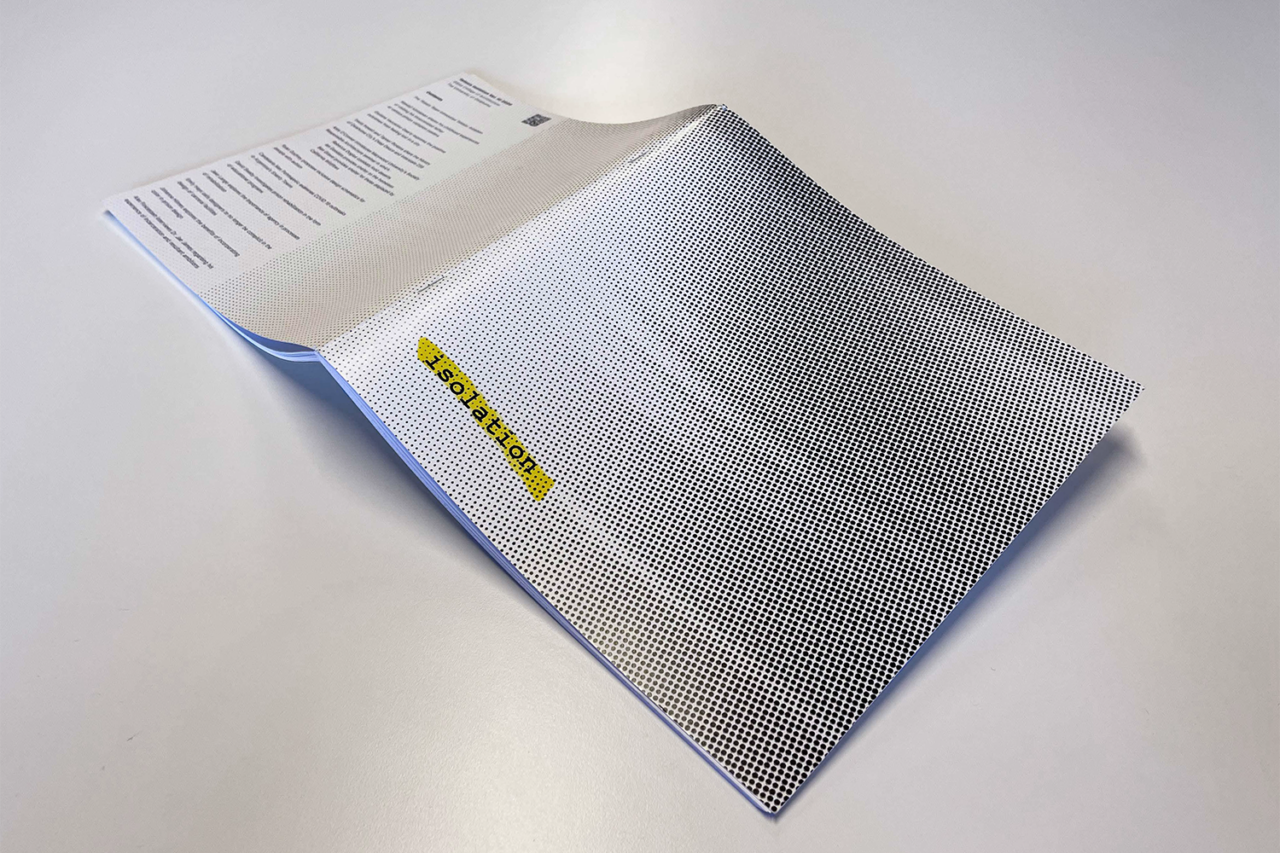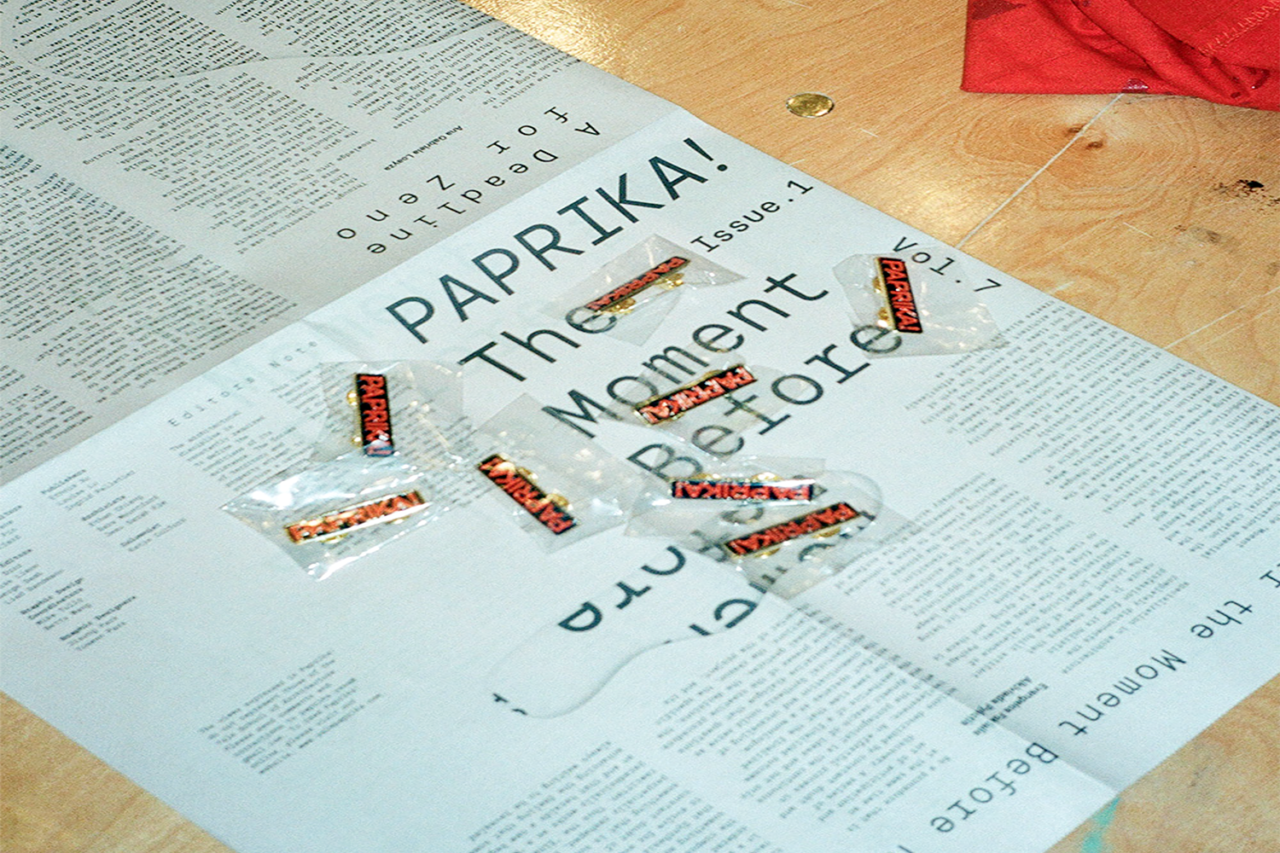by Center for Architecture
The Center for Architecture is pleased to announce the four recipients of the 2022 Douglas Haskell Award for Student Journals. The Haskell Award was founded to encourage student journalism on architecture, planning, and related subjects and to foster regard for intelligent criticism among future professionals. The award is named for architectural journalist and editor Douglas Haskell, editor of Architectural Forum from 1949 to 1964, where he was very influential in stopping the demolition of Grand Central Station.
2022 AWARD RECIPIENTS
Telesis Volume 4: Isolation, University of Oklahoma Gibbs College of Architecture ($1,500)
The purpose of Telesis, the student journal of the University of Oklahoma (OU) Christopher C. Gibbs College of Architecture, is to reinforce the creative freedom of OU students while providing an outlet for them to participate in important theoretical conversations about design. Telesis was conceived of by students as the re-incarnation of OU Architecture’s student journal from the 1970s, a playful and irreverent publication. This year’s topic, “Isolation” offers a platform for students to discuss the systemic changes required to dismantle the systemic injustice in our built environments. The voices included in this issue advocate for accessibility, compassion, dignity, resilience, trust, and creativity in creating a more equitable future.
The Telesis Team includes Angela Persen, PhD; Evan Sack; Ben DeCuyper; and Ryan Godfrey. The primary faculty advisor is Angela Person.
Agora Journal of Urban Planning and Design Volume 16: Parti(c)ipation, University of Michigan Taubman College of Architecture and Urban Planning ($1,500)
The Agora Journal of Urban Planning and Design is an award-winning, annual, peer-reviewed publication run by a staff of graduate students enrolled in University of Michigan Taubman College’s Master of Urban and Regional Planning, Urban Design, and Architecture programs. Seeking out cross-disciplinary perspectives, Agora’s 16th volume includes work from graduate students in urban planning, architecture, social work, public policy, and environmental policy. This year’s theme, “Participa(c)tion,” addresses values of community participation, community healing, and redistribution of power to better understand how urban planners, designers, and policymakers can take action to help shape more equitable cities.
Agora’s Editors-in-Chief are: Laura Melendez and Caroline Lamb; Creative Directors: Jon Haadsma and Srishti Jaipuria; Deputy Editors: Lauren Ashley Week and Harrison Clark. The primary faculty advisors are Scott Campbell and Julie Steiff.
Paprika! Volume 7, Yale University School of Architecture ($1,500)
Founded in 2014, Paprika! is an independent journal by the students of the Yale School of Architecture, designed in collaboration with students of the Yale School of Art. Paprika! serves primarily as an “on-the-ground” platform for the Yale art, architecture, and design communities. Since its inception, the journal has amassed a global audience with a network of more than 700 contributors worldwide. In recent years, Paprika! has expanded from its broadsheet publication into other multimedia formats such as podcasting, a live lecture series, and open salons for collaboration across institutions. In Volume 7 of the journal, released this past academic year of 2021-2022, the editors and contributors reckoned with the return to in-person activities amidst a broader, tumultuous socioeconomic context.
Paprika! Coordinating Editors are: Claudia Ansorena, Christopher Pin, and Saba Salekfard; Issue Editors: Clausia Carle, Zach Felder, and Annika Babra. The primary faculty advisor is Joan Ockman.
HONORABLE MENTION
PLAT 10.0: Behold, Rice University School of Architecture ($500)
PLAT is an independent architecture journal produced by students at Rice University School of Architecture. Its purpose is to stimulate relationships between design, production, and theory. The journal operates in a call-and-response format by curating professional and academic work into an open and evolving dialogue that progresses from issue to issue. PLAT is a speculative catalyst for architectural discourse—a platform on which important issues in architecture today can be addressed and advanced.
PLAT’s Editors-in-Chief are: Jimmy Bullis and Pouya Khadem; Design Director: Adam Berman; Managing Editor: Jane Van Velden; Development Director: Elina Chen; Editing Director: Harish Krishnamoorthy. The primary faculty advisor is Reto Geiser.







